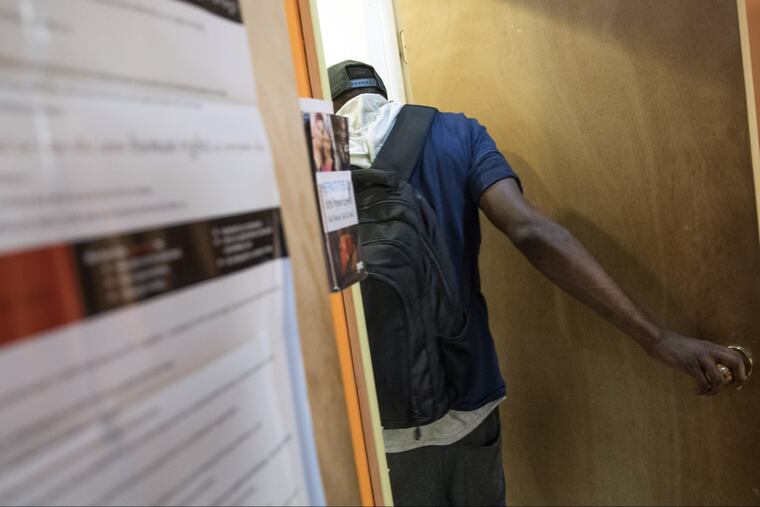Opioid crisis demands strong medicine — and strong wills | Editorial
We now hold the tragic distinction of being one of America's "most overdosed big city."

Last Friday and Saturday at least 165 people arrived at Philadelphia's emergency rooms suffering from an overdose after using heroin. Ten people died.
According to Dr. Thomas Farley, Philadelphia's health commissioner, the death toll is not far from the normal for the city over Friday night — about seven people dead.
Seven people dying every Friday night can't be the new normal.
We now hold the tragic distinction of being one of America's "most overdosed big city." According to a report by Pew, among the 44 largest counties in the country, Philadelphia's 2016 overdose death rate was second only to Allegheny County's. In 2017, 1,217 people died of an overdose in Philadelphia — only 224 fewer than New York City, which has 5½ times the population.
This is a complicated crisis that has been years in the making. But as opioids rip apart lives and families — and the city — we have to ask: Are we doing enough?
It's not as if the city isn't responding. Philadelphia has a program that distributes naloxone — a medication that reverses an opioid overdose — and teaches people how to use it. Along with Allegheny County, Philadelphia is the home of one of the only two syringe-exchange programs in the state. Police are being trained to divert people in addiction away from the criminal justice system and into treatment. This month, a 24-hour walk-in drug treatment center opened in the city and in May the city opened two new shelters for homeless people in addiction.
But there is more that can be done.
–In January the city gave a green light to private entities to open a safe-injection site. We endorsed the idea at the time as evaluations of more than 100 sites worldwide show a significant reduction in overdose deaths with no associated increase in crime. Six months later we are still waiting to hear about the city's progress: How many sites are planned? Where are they going to be? Who is going to operate them?
–The city should expand access to what experts consider gold-standard treatment – the use of medications such as methadone and buprenorphine. Only three new methadone clinics have opened in the city since 2007, even as the need soars.
–Philadelphia has a successful syringe-exchange program, Prevention Point, opened in 1992 in Kensington. Given that people are overdosing all over the city, it is time for at least one other exchange to open in a different neighborhood.
—Research shows that addiction is intrinsically linked to housing instability. The city needs to invest more in low-threshold shelters that do not require abstinence and in affordable housing as a long-term solution.
There is no overnight solution to this complex crisis. But there is reason for hope. Crime, too, is a complex problem, but the city's crime rate has been steadily falling for decades. Progress can be made, even if it is not always clear what the silver bullet might be.
Many of the solutions and approaches to the opioid crisis are often complicated by community push-back and disagreement over controversial methods. But this crisis is a ruthless beast; slaying it may demand strong measures and strong political will.